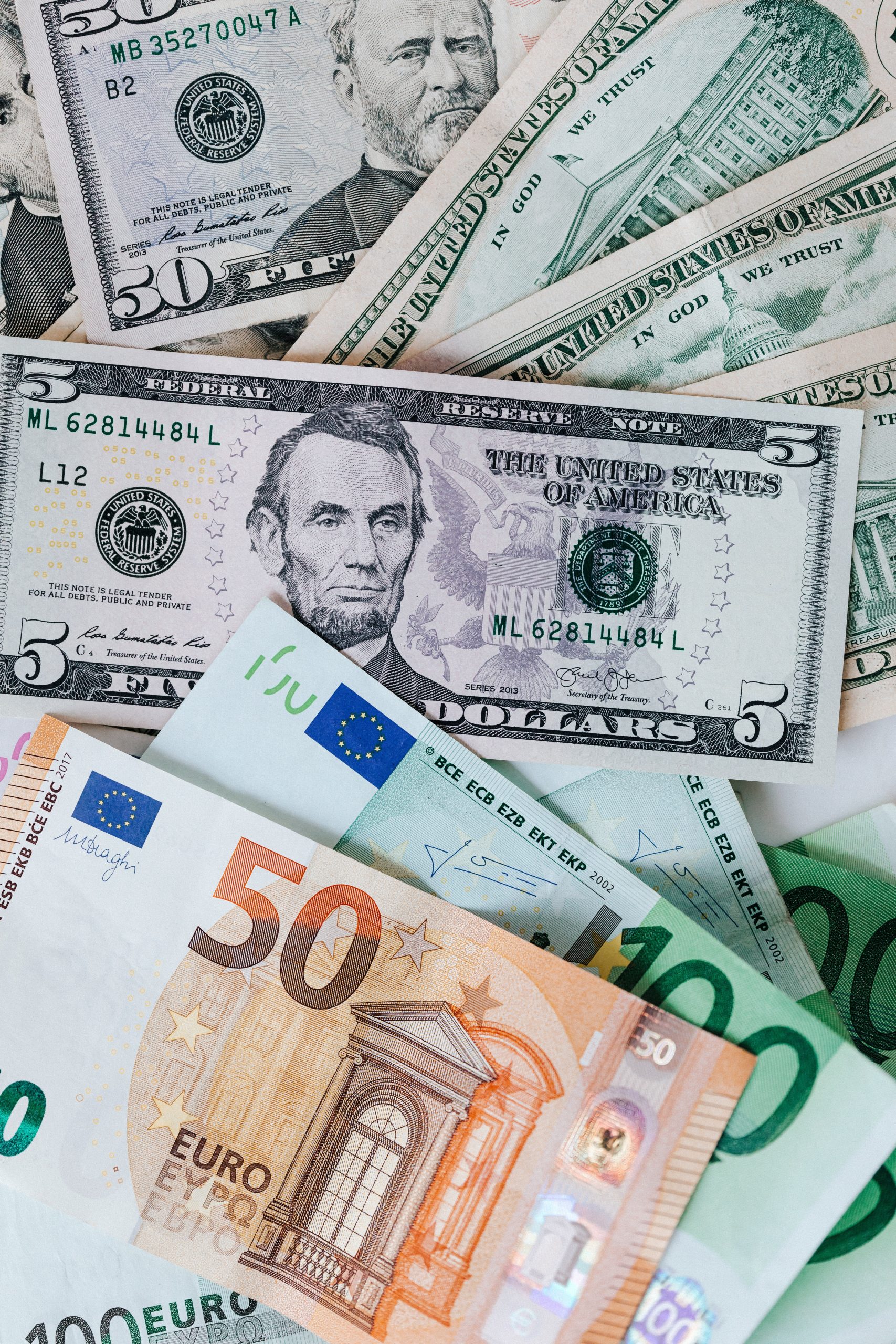Buckle up, investors! It was a bumpy ride on the US stock market today as stocks rose and fell before ultimately closing higher. From unexpected economic data to global political tensions, there were plenty of reasons for the ups and downs. But what does it all mean for your portfolio? In this post, we’ll take a closer look at today’s rollercoaster ride and what you need to know to navigate these turbulent times in the market. So grab your seatbelt and let’s dive in!
The US Stock Market Reacts to China’s Economic Slump
The US stock market reacted to China’s economic slump on Wednesday by rallying before closing higher. The S&P 500 index closed up 0.8% at 2,362.09, its fifth consecutive day of gains. The Nasdaq composite closed up 1.1% at 7,954.53 and the Russell 2000 index of smaller-cap stocks finished the day up 0.7% at 1,569.74. All three indexes had been down for much of the session on Tuesday before briefly finding support in afternoon trading amid reports that Chinese Premier Li Keqiang was moving to shore up the country’s faltering economy with government stimulus measures. Earlier this week, global markets had been rattled by comments from President-elect Donald Trump that suggested he may reduce US involvement in the World Trade Organization and impose tariffs on Chinese goods in response to what he described as unfair trade practices by Beijing. But despite the headwinds from geopolitics, US stocks recovered sharply from their lows on Tuesday and closed solidly higher Wednesday morning despite modest earnings releases from some of America’s largest companies…
Some analysts cautioned against reading too much into short-term movements in the stock market given how volatile it can be – pointing out that Friday’s gains were followed by losses over the weekend…
Overall though, this week’s rally suggests that investors remain optimistic about prospects for America’s economy despite recent concerns over China’s growth…
Trump Signs Executive Order on Trade
President Donald Trump signed an executive order on trade Monday morning, setting into motion plans to renegotiate the North American Free Trade Agreement (NAFTA) and impose steep tariffs on aluminum and steel imports. The stock market reacted positively to the news, with the Dow Jones Industrial Average rising more than 240 points by midday. However, stocks later fell back below their starting point as investors took concerns about the potential for a trade war into account. Overall, the market appears to be cautiously optimistic about Trump’s agenda, but there are still many uncertainties surrounding his plans.
The Trump administration has argued that NAFTA has been a major contributor to job losses in the United States, particularly in manufacturing states like Michigan and Ohio. The president has also promised to bring down the cost of goods exported to America by reducing regulations and opening up new markets for American products. In addition to renegotiating NAFTA, Trump’s order calls for imposing a 25 percent tariff on aluminum imports and a 10 percent tariff on steel imports. These tariffs would go into effect after a period of public comment and consultation with industry groups.
Trump said that he expects these tariffs will create jobs in domestic steel mills while also raising prices for consumers. But some economists have warned that higher prices could lead to job losses in industries that use steel and aluminum products, such as construction and automotive manufacturing. In addition, some manufacturers who rely on imported inputs could see their costs jump due to increased shipping costs associated with stronger tariffs For now, it’s unclear how
Fed Raises Rates Again
The Federal Reserve raised interest rates for a third time in 2018 on Wednesday, as policymakers signaled that the economy is strengthening but cautioned that inflation could still be too low. The Dow Jones Industrial Average DJIA, +0.26% and S&P 500 SPX, +0.09% both rose 0.5%, while the Nasdaq Composite Index COMP, -0.25% added 1%. Bond prices US 10-year Treasury TMUBMUSD10Y, -0.19% were lower after the Fed’s decision was announced but later recovered somewhat. The Fed cited healthy economic growth and rising wages in raising its benchmark rate by a quarter of a percentage point to 2.25%, saying it expects to keep rates at this level “for some time” while waiting for further evidence of sustained improvement in the labor market and inflation. Economic indicators released after the Fed’s decision showed modest gains in both employment and wages last month despite ongoing trade tensions with China and other countries The consensus view among economists surveyed by MarketWatch ahead of the meeting was that the Fed would raise rates again this year, with many believing three hikes are now likely.
Inflation has been below target levels for more than two years now, although it has been gradually creeping up in recent months as energy prices have increased and import costs have begun to increase more quickly than expected. Concerns about this so-called “inflation surprise” have led some analysts to believe that
Amazon Announces Plans for a Second Headquarters
On November 13, Amazon announced plans for a second headquarters in North America. The company expects to invest over $5 billion and create 50,000 jobs. This is great news for the US economy, as it will create new jobs and help to revitalize struggling areas.
However, not everyone is happy about Amazon’s announcement. Some people are worried that the company will take away jobs from other businesses. Others worry that the taxes that Amazon would pay would be too high. There is still plenty of debate going on around the effect of this announcement on the stock market, but overall it looks like investors are optimistic about its potential effects.
Tesla Motors Reports First Quarter 2018 Results
Tesla Motors Reports First Quarter 2018 Results
Tesla Motors, Inc. (TSLA) released its first quarter results on Thursday afternoon and the stock opened at $296.37, but closed the day down 1.5% at $294.27 per share. Tesla posted a GAAP net loss of $3 million for the quarter, compared to a loss of $2 million in Q4 2017 and an income of $22 million in Q1 2017. Non-GAAP income was $62 million for the first quarter, compared to non-GAAP losses of $121 million in Q4 2017 and income of $293 million in Q1 2017. Revenue was up 83% to $2 billion from $1 billion during the same period last year. Tesla also reported an adjusted EBITDA loss of $(320) million, compared to an adjusted EBITDA loss of $(126) million in Q4 2017 and an adjusted EBITDA gain of $(362) million in Q1 2017. At this point, it appears that Tesla’s expectation for GAAP net loss will likely be closer to a range between $(500) and $(700) million for the full year 2018, based on what we have seen thus far from their quarterly reports.
Investors were understandably cautious with Tesla’s outlook as they continue to face challenges withproduction ramp-ups and deliveries across multiple markets around the world. In spite of these headwinds, Tesla saw sales growth all over the world including
The Dow Jones Industrials Close at 25,000 for the First Time
The Dow Jones Industrials closed at 25,000 for the first time on Thursday, a milestone that has been celebrated by market participants and pundits alike. Commentators have praised the index’s steady ascent as a sign of US economic strength, while market participants have basked in the index’s newfound status as a leading indicator.
However, some analysts are cautioning that the stock market’s euphoria may be premature. The rise in stocks has come amid heightened concerns about China’s economy and its impact on global markets, as well as political instability in Europe. Should these concerns intensify, it could lead to a sell-off in the stock market and send the Dow Jones Industrials lower.










